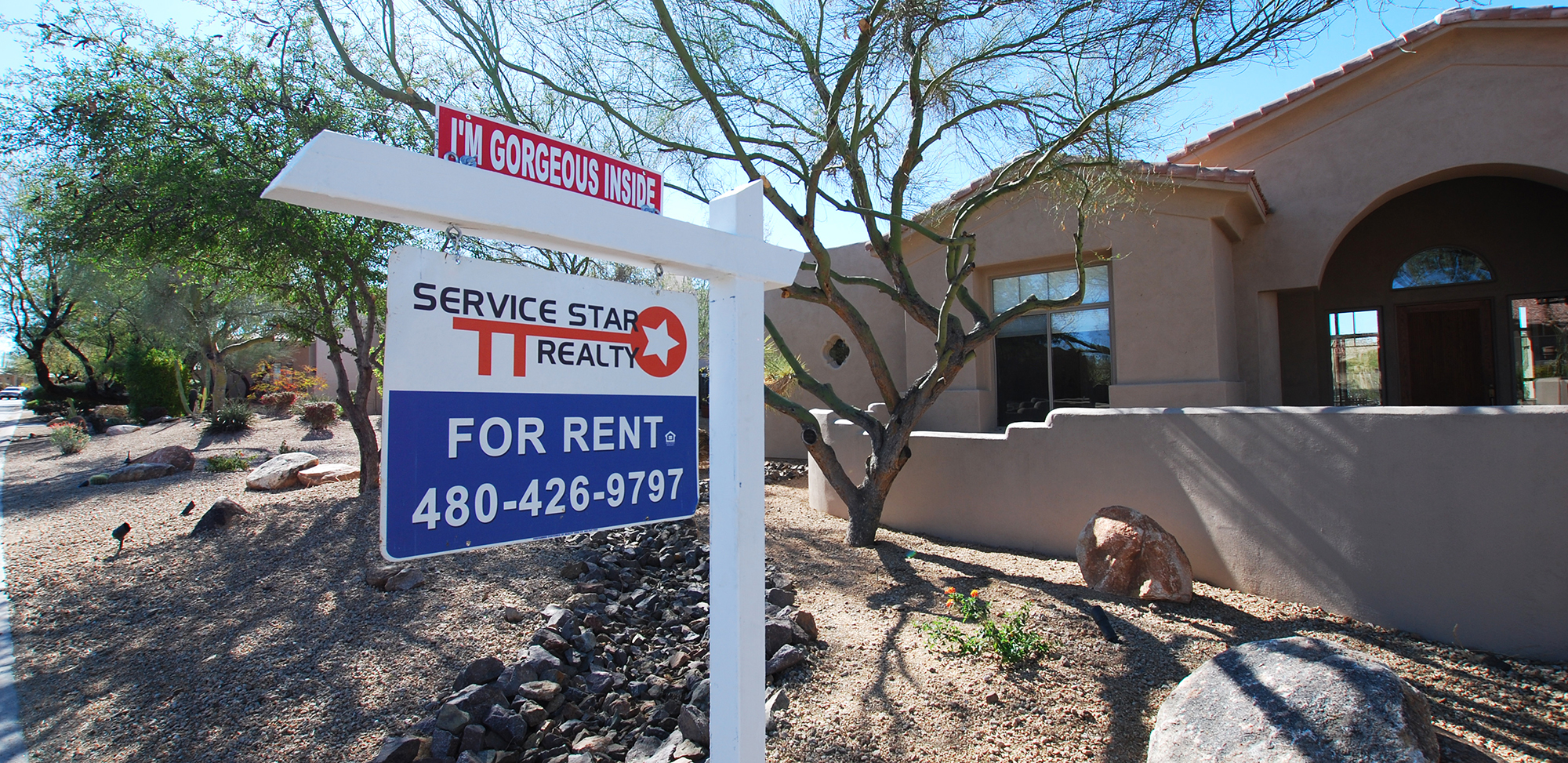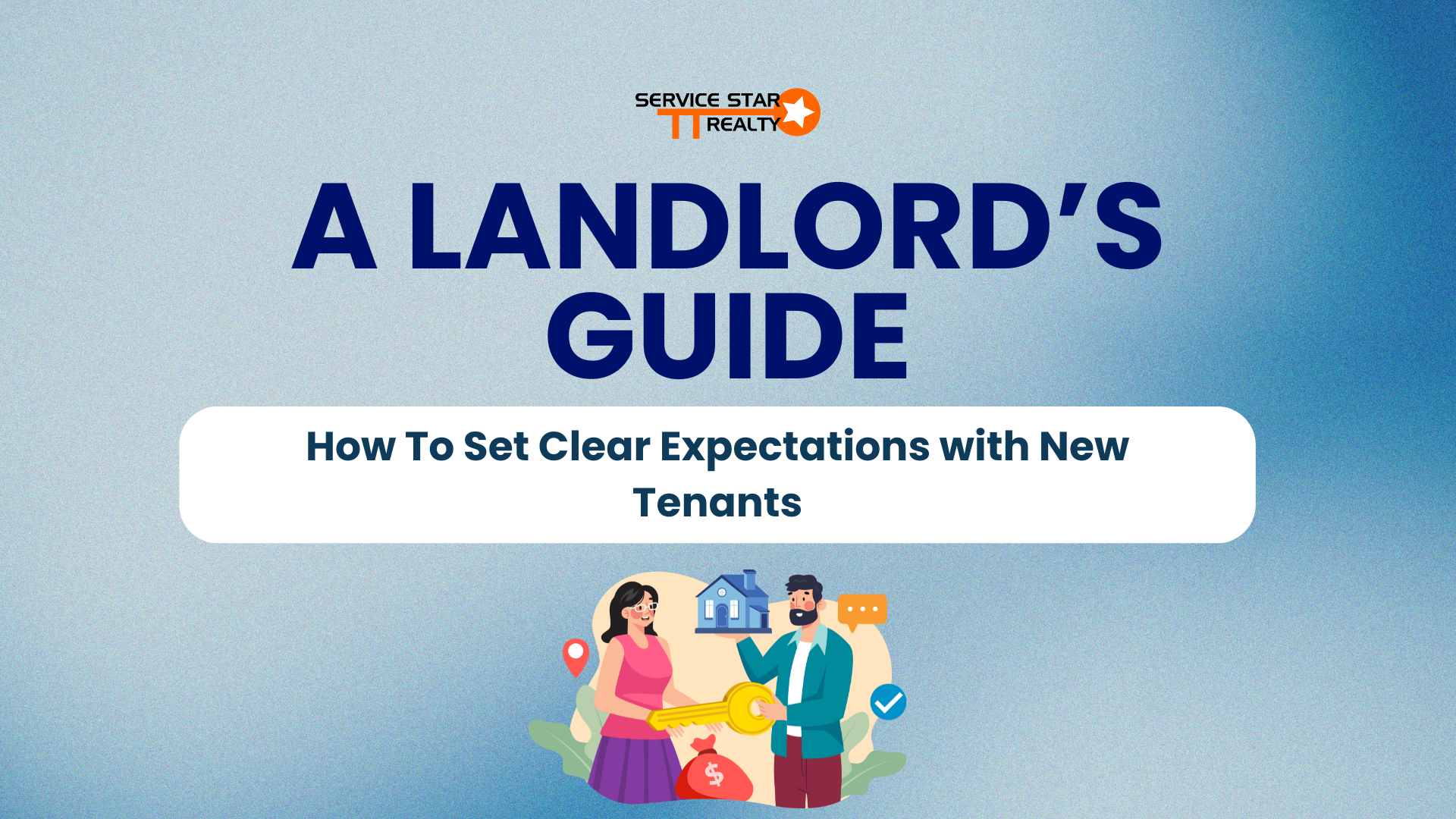Key Takeaways
1. Establish Clear Policies from the Start - Clearly outline rent due dates, payment methods, late fees, and maintenance procedures in the lease and during move-in. Transparency reduces confusion and encourages timely compliance.
2. Define Responsibilities and Standards - Differentiate between normal wear and tear versus tenant-caused damage, clarify rules around pets, smoking, and noise, and communicate expectations for cleanliness and behavior.
3. Maintain Consistent and Open Communication - Offer multiple contact methods, respond promptly, and provide guidance on how and when to report issues. Strong communication builds trust and reduces tenant turnover.
4. Document and Review Everything Together - Conduct move-in walkthroughs, use a comprehensive lease, and offer a welcome orientation to ensure mutual understanding. Documentation protects both parties and minimizes future disputes.
Managing rental properties is about far more than just collecting monthly rent or scheduling maintenance. The foundation of a successful rental experience lies in clear communication and setting expectations early on.
By ensuring your tenants fully understand their roles and responsibilities from the outset, and by keeping open communication channels throughout the lease, you’ll minimize stress, reduce turnover, and maintain a well-functioning rental property.
In this guide, Service Star Realty will go over the key areas every landlord should focus on to build trust and encourage tenant cooperation.
1. Rent Collection Policies
A structured and transparent rent collection process helps avoid late payments and reinforces accountability.
Clarify the Due Date
Specify the exact day rent is due each month in the lease agreement and reiterate this during the initial walkthrough. Consistent reminders go a long way in reinforcing expectations.
Outline Payment Options
Let tenants know which payment methods are accepted, whether it's through an online portal, bank transfer, check, or another method. Offering flexible, user-friendly options can lead to more timely payments.
Communicate Late Fees Clearly
If there are penalties for late payments, be upfront about them. Define any grace periods and the amount charged for delays, so tenants are not caught off guard if fees apply.
2. Maintenance and Repairs
Setting clear maintenance protocols helps prevent frustration and ensures the property stays in top condition.
Explain the Reporting Process
Let tenants know how to request repairs, whether it's via a digital platform, email, or phone. Provide written instructions and make the process as straightforward as possible.

Differentiate Emergencies From Routine Repairs
Clearly define what constitutes an emergency, such as a gas leak or a broken furnace, versus non-urgent issues like a leaky faucet. This helps tenants understand what to prioritize.
Set Realistic Timelines
Be transparent about how long different repairs typically take and communicate if delays occur. Keeping tenants informed builds confidence in your responsiveness.
3. Property Damage and Responsibility
Conflicts around property conditions can easily be avoided by clearly distinguishing between normal wear and tear and actual damage.
Define Normal Wear and Tear
Let tenants know that minor issues such as fading carpet, chipped paint, or worn appliances are typical overtime and not their responsibility.
Address Excessive Damage
Specify what is considered tenant-caused damage, such as broken fixtures, deep wall holes, or stained flooring. Make it clear that these repairs will be deducted from the security deposit.
Walkthrough and Documentation
At move-out, conduct a joint inspection to assess the condition of the unit. This helps ensure a fair and transparent process when determining any damage-related deductions.
4. Noise and Community Etiquette
Especially in shared buildings or close quarters, managing noise levels is critical to maintaining a peaceful environment.
Establish Quiet Hours
If the property is part of a multi-unit complex or situated near others, set clear quiet hours. This should be documented in the lease and discussed at move-in.
_2.jpg)
Set Expectations for Gatherings
Provide guidelines for social events, including limitations on guest numbers, noise levels, and curfews. Clear rules help avoid potential complaints from neighbors or other tenants.
Create a Noise Complaint Process
Let tenants know how to report excessive noise. Having a formal system encourages accountability and allows you to resolve issues promptly before they escalate.
5. Pet and Smoking Policies
In buildings with multiple occupants, setting upfront policies on pets and smoking avoids future conflicts and protects the property.
Detail Pet Rules
Specify whether pets are allowed and, if so, outline breed restrictions, pet deposits, and behavioral expectations. Be sure to mention cleaning responsibilities, particularly in communal areas.
Clarify Smoking Guidelines
Whether your property is smoke-free or allows designated smoking areas, make your policy clear. Emphasize the importance of compliance, especially in buildings where secondhand smoke or fire hazards could pose a risk.
6. Lease Termination and Eviction Protocol
Though not an easy topic, it's important to set expectations around lease termination and potential eviction procedures.
Outline the Move-Out Process
Communicate notice requirements, how the security deposit will be handled, and what condition the property should be in when the tenant vacates. The more specific you are, the fewer surprises there will be.
Explain Grounds for Eviction
Make tenants aware of the behaviors or violations that could lead to eviction, such as repeated late payments, property damage, or breaches of the lease. Be clear that eviction is a last resort, typically preceded by notice and attempts to resolve the issue.
.jpg)
7. Prioritize Consistent Communication
Strong communication is the cornerstone of a good landlord-tenant relationship. Tenants should always feel they can reach out and get a timely response.
Offer Multiple Contact Options
Provide various ways for tenants to contact you, including phone, email, and possibly a tenant portal. Make sure these options are reliable and checked frequently.
Set Expectations for Replies
Let tenants know how long they should expect to wait for a response to maintenance requests or general questions. Prompt replies go a long way in building trust and satisfaction.
Best Practices for Reducing Disputes
Use a Comprehensive Lease Agreement
A detailed lease is your best tool for outlining rules and responsibilities. Make sure it includes all the expectations discussed above, and consider reviewing it verbally with the tenant to ensure understanding.
Conduct a Pre-move-in Walkthrough
Walk through the unit with your new tenant to document its condition. This creates a mutual record and helps avoid disputes when the lease ends.
Provide a Welcome Orientation
When new tenants move in, take time to go over house rules, policies, and any operational details. A short, in-person meeting adds a personal touch and ensures nothing important gets overlooked.
Bottom Line
Clear communication and clear expectations are essential for a successful landlord-tenant relationship. Being transparent, responsive, and respectful encourages tenants to care for the property and stay longer.
For a smoother rental experience, consider working with Service Star Realty, a property management team that values proactive tenant communication.
Contact us today to learn more about our services!
Service Star Realty
1525 N Granite Reef #16, Scottsdale, AZ 85257
(480) 426-9696















